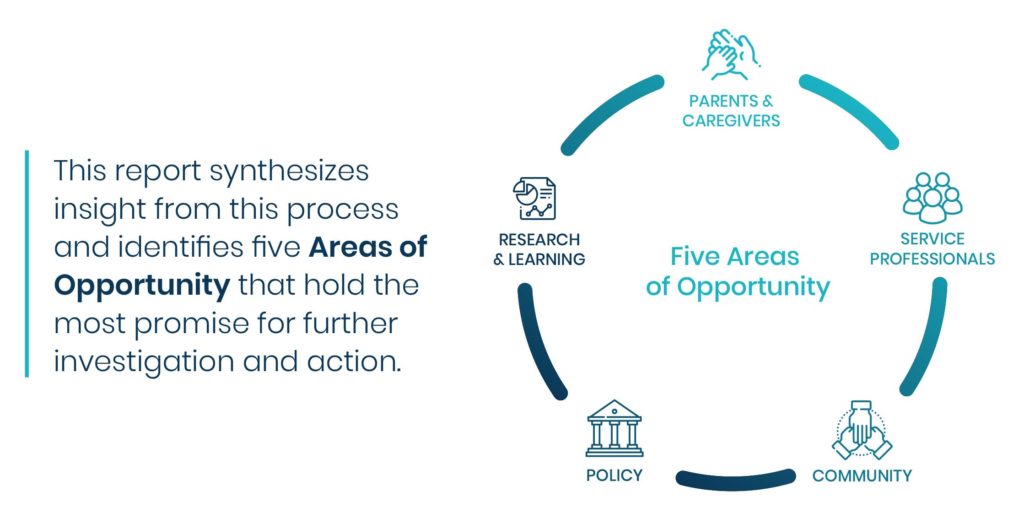Posted on July 30, 2019
 The Burke Foundation, The Nicholson Foundation and Turrell Fund, in collaboration with FSG, released the report, Adverse Childhood Experiences: Opportunities to Prevent, Protect Against, and Heal from the Effects of ACEs in New Jersey. The report details the challenges New Jersey faces in addressing Adverse Childhood Experiences (ACEs) and the areas of opportunities for a coordinated statewide response to mitigate the lasting effects on children’s health and well-being.
The Burke Foundation, The Nicholson Foundation and Turrell Fund, in collaboration with FSG, released the report, Adverse Childhood Experiences: Opportunities to Prevent, Protect Against, and Heal from the Effects of ACEs in New Jersey. The report details the challenges New Jersey faces in addressing Adverse Childhood Experiences (ACEs) and the areas of opportunities for a coordinated statewide response to mitigate the lasting effects on children’s health and well-being.
Did you know:
- Children who experience 4 or more ACEs are at least 7 times more likely to self-identify as alcoholics in adulthood than those with no ACEs.
- Children who experience 4 or more ACEs are nearly 4 times more likely to develop lung disease in adulthood than those with no ACEs.
- Children who experience 2 or more ACEs are nearly 3 times more likely to repeat a grade than those with no ACEs.
- Juvenile offenders are 4 times more likely to self-report experiencing 4 or more ACEs than the mostly college-educated adults from the seminal ACEs study.
Blog: Addressing Adverse Childhood Experiences through a Coordinated Statewide Response in New Jersey
Sana Hashim, MPH, CPH, CHES from the Center for Health Care Strategies, Inc. writes about the New Jersey Funders ACEs Collaborative (the Collaborative) to advance a coordinated statewide response to tackle this issue. This unique collaboration is committing significant resource to reduce early life stress and promote positive life trajectories for all children in the state. Although these efforts are New Jersey-based, lessons from the statewide initiative can inform activities in other states.
Webinar: Addressing ACEs in New Jersey
Aug 6, 2019 1:00 p.m.
![]() With the release of the report, join in this webinar focused on local efforts to prevent, protect against, and heal from the effects of adverse childhood experiences (ACEs) in New Jersey. The webinar will also provide an overview of the science of ACEs and trauma, ways in which a coordinated statewide response can mitigate the lasting effects of ACEs on children and families, and opportunities for local champions to join the Funders Collaborative to address ACEs in New Jersey.
With the release of the report, join in this webinar focused on local efforts to prevent, protect against, and heal from the effects of adverse childhood experiences (ACEs) in New Jersey. The webinar will also provide an overview of the science of ACEs and trauma, ways in which a coordinated statewide response can mitigate the lasting effects of ACEs on children and families, and opportunities for local champions to join the Funders Collaborative to address ACEs in New Jersey.
Also, visit our Birth to Three Campaign aimed at making babies a higher state priority. Learn about ACNJ's campaign prioirities which includes ensuring healthy social development of

infants in NJ.


